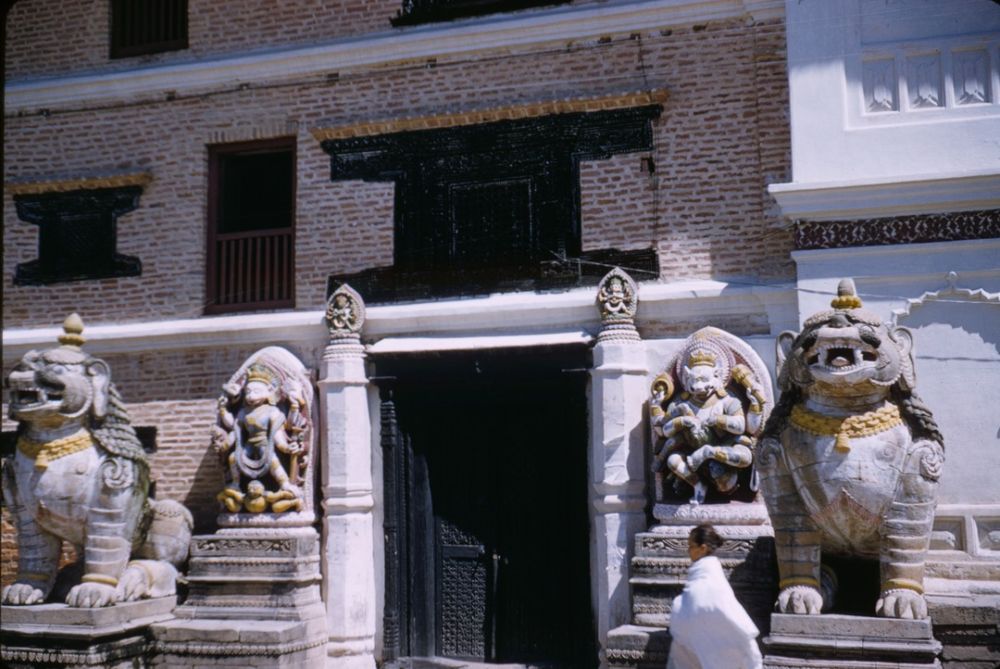Around Bhaktapur Durbar Square, there are several facilities for tourists including restaurants, cafes, and souvenir shops. Additionally, there are restrooms and drinking water facilities. However, it's advised to carry essentials like water, sunscreen, and a hat, especially during the warmer months.

